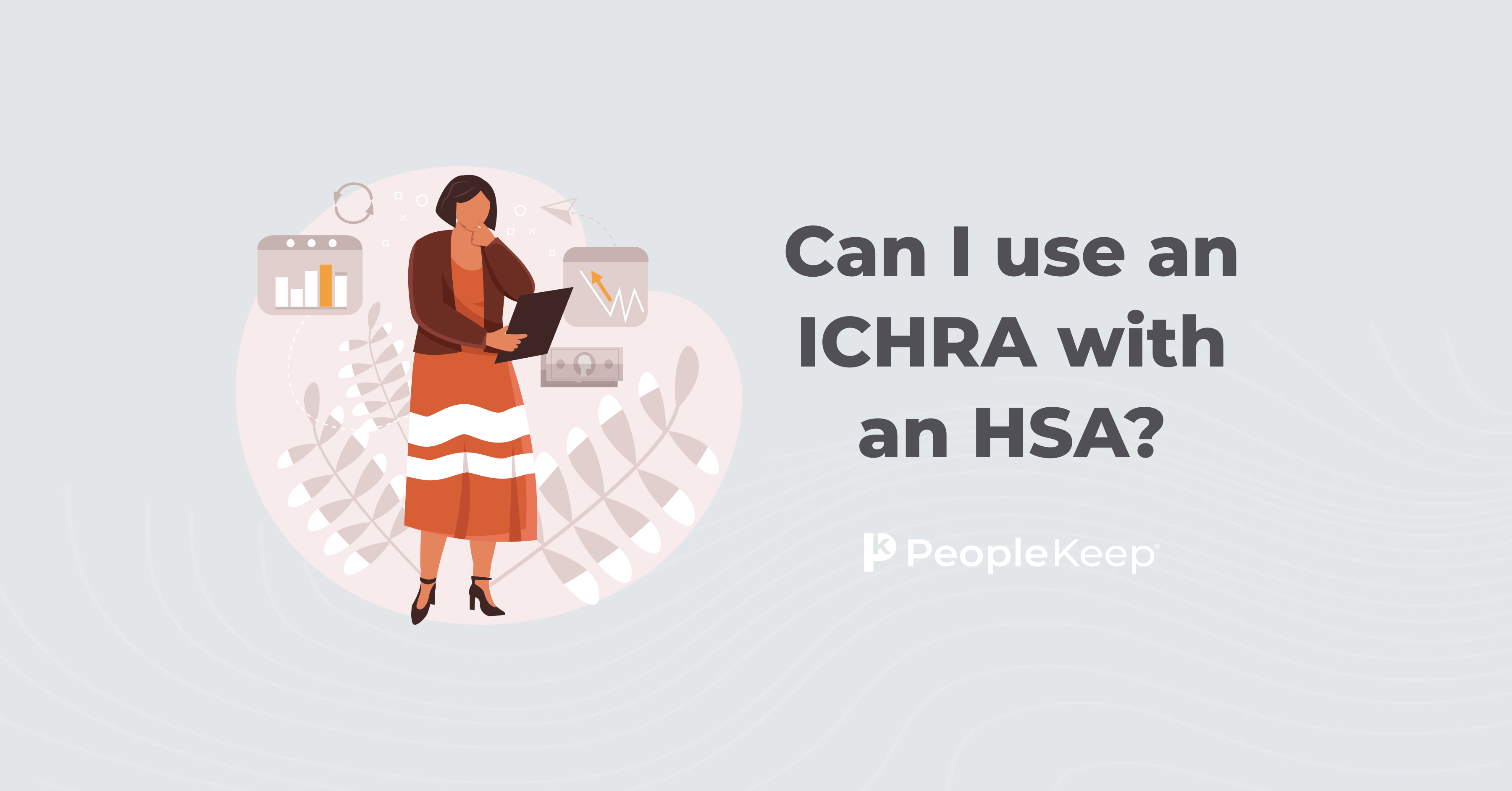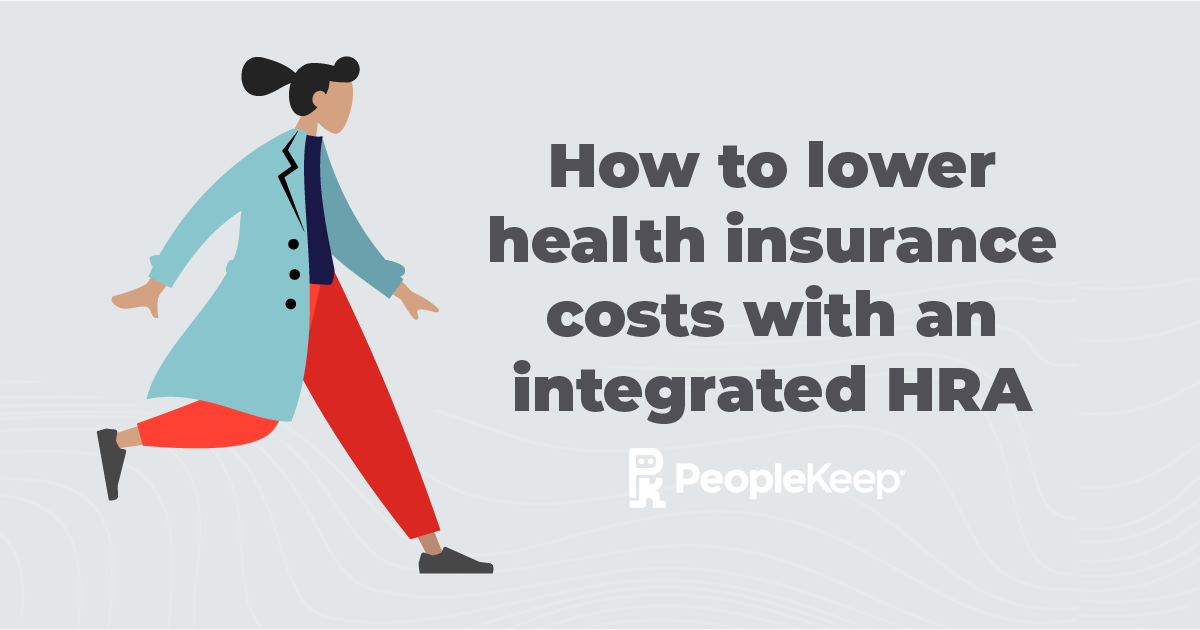What is the employer shared responsibility provision (ESRP)?
By Holly Bengfort on June 29, 2023 at 9:01 AM
The Affordable Care Act (ACA) introduced several provisions to improve healthcare access for Americans. One of them is the employer shared responsibility provision (ESRP), also known as the employer mandate. Understanding the ESRP is crucial for employers who want to avoid penalties and remain compliant with the ACA.
In this article, we'll explain the ESRP and how it impacts your organization. We'll also go over your options for compliant health benefits.
What is ESRP?
The ESRP requires applicable large employers (ALEs) to offer a health insurance plan with minimum essential coverage (MEC). The plan must be affordable and provide minimum value (MV).
An ALE is any organization with 50 or more full-time equivalent employees (FTEs). The FTE count at an organization is the number of “full-time” units worked by a combination of full-time and part-time employees. According to the ACA, part-time hours are anything less than 30 hours per week. Employer coverage is optional for businesses with fewer than 50 FTEs since they aren't considered ALEs.
Health plans meet the minimum value requirement if they cover at least 60% of the total cost of benefits expected under the plan. An eligible employer-sponsored plan must also provide substantial coverage of inpatient hospitalization and physician care.
Affordability regulations change annually and are based on an employee’s household income. The health plan affordability threshold for 2026 is 9.96% of an employee's annual household income1. That's up from 9.02% for employee health coverage in 2025.
How do you know if you're considered an ALE?
All employers, including government entities and nonprofit organizations exempt from federal income taxes, can be ALEs. They are responsible for determining whether they’re considered an ALE annually. If so, they must follow the employer mandate.
To determine if your company is an ALE, you must determine your FTE count. To calculate the FTE of part-time employees, add the actual hours of service worked by all part-time workers, including seasonal employees, in a given month. Divide the total number of hours by 120 to get the number of FTEs in your part-time workforce.
There are some exceptions to this calculation.
You can exclude a seasonal employee from your FTE count if all of the following are true:
- You had more than 50 employees for 120 days or fewer during the current calendar year
- The employees in excess of 50 employed during a 120-day period are seasonal workers
- The 120-day period doesn’t have to be consecutive.
Aggregation rules apply in determining ALE status for some organizations. An aggregated group, or controlled group, is multiple organizations or members with a common owner. This means the ACA treats them as a single employer. In this situation, these organizations would combine FTEs to determine ALE status.
How much is the employer shared responsibility penalty?
The shared responsibility penalty payment amount varies based on the type of assessable penalty. For these penalties, employers only count full-time employees, not FTEs.
According to the Internal Revenue Service2 (IRS), the monthly penalty for an ALE that fails to offer MEC to at least 95% of its full-time employees is $2,900 divided by 12 times the number of full-time employees, after subtracting the first 30 full-time employees.
The monthly tax penalty for employer-sponsored coverage that isn't affordable, or doesn’t provide MV, is $4,350 divided by 12 times the number of full-time employees who receive premium tax credits (PTCs) or cost-sharing reductions on the Health Insurance Marketplace.
The monthly penalty is only triggered if at least one full-time employee gets subsidized coverage on the individual marketplace (such as premium tax credits).
The federal government can’t fine an organization for both penalties in the same month. Employers will receive either the 4980H(a) penalty or the 4980H(b) penalty, whichever is higher.
Since employers don't typically know their employees’ household incomes, they can use one or more of the affordability safe harbors. Based on the information they do have, such as an employee’s wages or pay rate, they can determine affordable coverage information.
How can ALEs offer compliant health benefits?
Even with a big budget, traditional group health insurance can be expensive. If you're looking for another way to satisfy the ESRP, there are more affordable coverage options.
You can offer your employees comprehensive care through health reimbursement arrangements (HRAs). This is a flexible and cost-effective option for ALEs to satisfy the ACA’s employer mandate.
Individual coverage HRA (ICHRA)
One solution is the ICHRA. With an ICHRA, employees choose their own individual health insurance plan. This way, they can pick a policy that matches their unique needs rather than be stuck with a one-size-fits-all group plan.
Employers set a monthly allowance that each employee can use on individual insurance premiums and other qualifying out-of-pocket expenses. After employees make their healthcare purchases, they submit receipts to their employer for approval. If the employer deems the expenses eligible, the employer reimburses them up to their allowance amount.
An ICHRA is an ACA-compliant, stand-alone benefit. But you can also offer it as an alternative to your employees who don't qualify for your organization's group health plan.
Group coverage HRA (GCHRA)
If you'd rather stick to a group health plan to meet the ESRP, a GCHRA can also work in your favor. The GCHRA, also known as an integrated HRA, can supplement your policy by covering out-of-pocket expenses that aren’t fully paid for by your group health plan.
Employee stipends
Your last option is an employee stipend. Stipends don't satisfy the ESRP on their own, but you can use them to supplement ACA-compliant benefits like group health insurance or an HRA to provide additional benefits to employees.
Stipends, or employee perks, are a fixed amount of money offered to employees. You choose the allowance amount, and your employees can use it to pay for things related to their health and wellness.
You can also use stipends to reimburse your employees for expenses related to remote work, professional development, or their daily commute.
Conclusion
The ACA brought significant changes to employer-provided coverage in the United States. One of them was the ESRP, which requires ALEs to offer affordable health insurance coverage that meets minimum standards to employees. If not, they'll face tax penalties.
If you’re looking for a way to satisfy the ESRP while providing comprehensive medical coverage, PeopleKeep can help. Our HRA administration software allows ALEs to provide an ACA-compliant health benefit while also offering customization.
This article was originally published on August 18, 2014. It was last updated on June 29, 2023.
Check out more resources
See these related articles

Can I use an ICHRA with an HSA?
In this article, we'll compare both health benefits options and explain how to offer them at the same time.

How to lower health insurance costs with an integrated HRA
In this blog, we’ll go into more detail on how you can lower healthcare costs with an integrated HRA, also known as the group coverage HRA (GCHRA).

What are health insurance rewards programs, and how do they impact HRAs?
In this article, we'll explain how health insurance rewards programs work and how they impact benefits like health reimbursement arrangements (HRAs).



